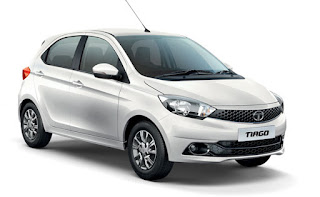It’s not your fault, is it?
You were driving during bad weather, and hit an icy
patch, or maybe a patch of water, and you started to slide. Or, you couldn’t
see because of fog or some other condition outside of your control.
Are insurance companies more lenient when the weather
seems to be the reason you got into an accident? What you’re asking about is a
legal term called “negligence.”
What is
Negligence?
Generally speaking, negligence refers to not exercising a reasonable amount
of care that a situation calls for. Lawyers often refer to what a
“reasonable person” might do or a “reasonable person” standard. So, if a
reasonable person would have acted in a certain way in a similar situation,
then not doing that action would be considered negligent.
And, if a reasonable person would not have done
something, then doing that thing would be considered negligent. As you can
imagine, there’s quite a bit of interpretation when it comes to what
constitutes “reasonableness” under the law.
And, when a case goes to court, the jury needs to
figure out whether a person’s actions are reasonable. Also, your insurance
company will weigh in on the matter.
How Bad
Weather Conditions Determine Negligence
When the weather is part of the reason you were
involved in an accident, a lot of factors go into play to determine whether you
were at fault or negligent. Other factors that lawyers, and the court, as well
as your insurer, look at are the speed you were driving when the accident
occurred, the exact road conditions, the visibility, and whether you were
distracted by intoxication, texting, or doing some other activity.
For example, if you were involved in an accident, and
it was raining heavily while it happened, what was going on in the car at the
time? Were you driving over the speed limit? Were you on your phone? These are
things that could affect the outcome.
Let’s say you were driving and texting at the same
time when the accident occurred. It’s entirely likely that your insurer will
find you negligent, and so will a court, because a reasonable person wouldn’t
be texting and driving during a heavy storm.
Likewise, if a person is driving while intoxicated, a
court may rule that this is negligence, especially under adverse weather
conditions. Even under normal weather conditions it may be considered negligent
in addition to the usual DWI violation.
Helpinginjuredpeople.com is one site
where you can go to get more information about what might be considered
negligence while driving under adverse conditions.
Conclusion
Insurance companies are not necessarily harsh or
lenient when it comes to bad weather conditions. What really matters is the
context in which the accident occurred. For insurers, the bad weather is just
another factor for them to consider when trying to determine fault and which
drivers were negligent. This is the way the law sees it, and the way courts
expect insurers to treat their policyholders.
Under the law, things that are reasonable in good
weather may not be reasonable in bad weather. At trial, the job of the court is
to figure out what’s reasonable and then instruct the jurors that they should
take the weather into account when making a determination as to whether a
driver was negligent.
Ella Knight works the call center for a busy car
insurance company. She shares some of her insider knowledge through her
articles which appear around the web.
















